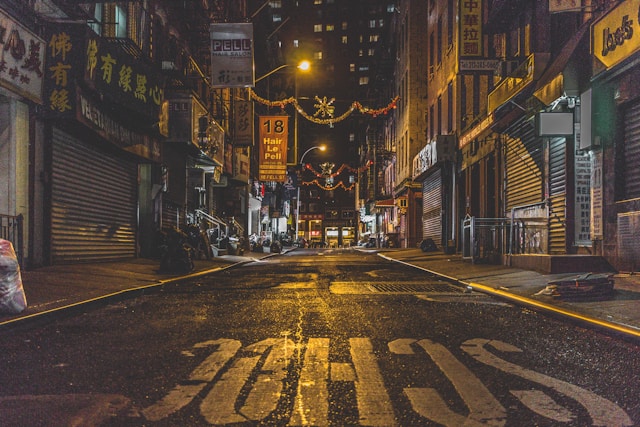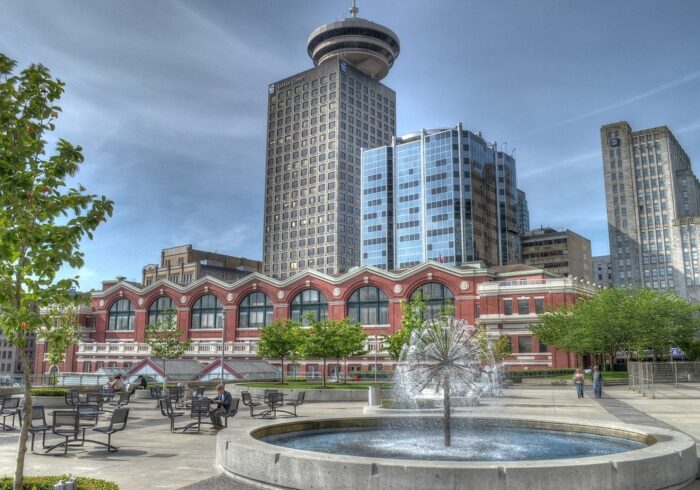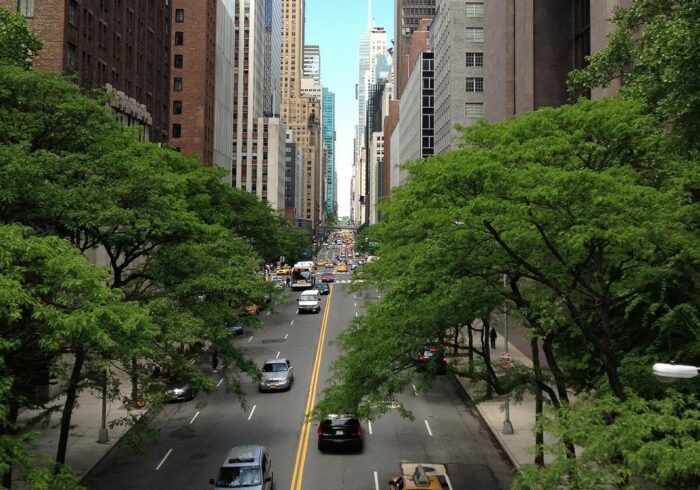Urban design isn’t just about aesthetics – it’s about shaping how we live, move, and interact. Across the UK and Europe, the principles championed by firms like Hamilton-Baillie Associates have led to a quiet revolution in how towns and cities manage public space. One concept in particular – shared space – has challenged the traditional rules of traffic management by putting human behaviour at the centre of street design.
Instead of relying on signals, curbs, and signs, shared space removes rigid divisions between cars, pedestrians, and cyclists. The goal isn’t chaos – it’s collaboration. Drivers slow down, make eye contact, and respond to real-time context rather than fixed instructions. The result is often a calmer, safer, and more attractive street for everyone.
This human-focused approach finds echoes in other sectors, where simplifying experiences helps build trust. For instance, a £3 deposit casino lowers the financial barrier to entry for newcomers, just as a well-designed public space removes physical and psychological barriers to movement. In both cases, thoughtful design choices enable smoother, safer, and more engaging participation – whether in a digital environment or a town centre.
The Philosophy Behind Shared Space
Shared space works because it taps into natural human instincts. When streets are overly regulated, users often disengage. But in environments where cues are visual and social, people tend to become more aware and cautious. This effect has been observed in places like Poynton in Cheshire, where traffic lights were removed from a busy intersection and replaced with a level surface and subtle design elements. The transformation led to slower speeds, fewer accidents, and stronger footfall for local businesses.
Beyond the Road: Creating Civic Identity
One of the less obvious but deeply powerful effects of good urban design is the way it contributes to civic identity. When streets are beautiful, safe, and accessible, people are more likely to feel proud of their communities. It becomes easier to walk to the shop, chat with neighbours, or enjoy public art. These small, daily interactions build social cohesion and local resilience – qualities that can’t be engineered, but must be encouraged through thoughtful design.
Hamilton-Baillie’s work often includes simple changes: wider crossings, flush surfaces, natural paving materials, and intuitive sight lines. But these choices, when done well, influence how people use and respect a space. They also reduce maintenance costs and environmental impact over time, aligning with the goals of sustainable development.
A Broader Lesson in Human-Centred Design
Interestingly, these urban design principles have parallels in other industries too. For example, in the digital world, platforms that remove friction and encourage exploration often perform better. Just as a shared space makes people more comfortable navigating a town centre, a platform that offers an accessible entry point can ease users into a new experience without overwhelming them. The common thread is human-centred design: shaping environments that respond to real behaviour instead of forcing rigid controls.
The Future of Public Space
As cities continue to grow and evolve, the challenge of designing streets for all users will only become more urgent. Climate change, population growth, and new modes of transport require flexibility and foresight. Shared space, and the wider approach it represents, offers a template for how we might build more adaptable and inclusive urban environments.
But the success of these projects depends on more than design. They need public engagement, political will, and a clear understanding of local context. Each shared space is unique – shaped not just by materials and traffic flows, but by the people who live and work around it.
The work of Hamilton-Baillie Associates serves as a powerful reminder that streets are more than just infrastructure. They are social spaces that reflect our values and shape our daily lives. Whether it’s through paving patterns or planning strategies, the most successful urban design starts with a simple idea: build for people, and the rest will follow.



